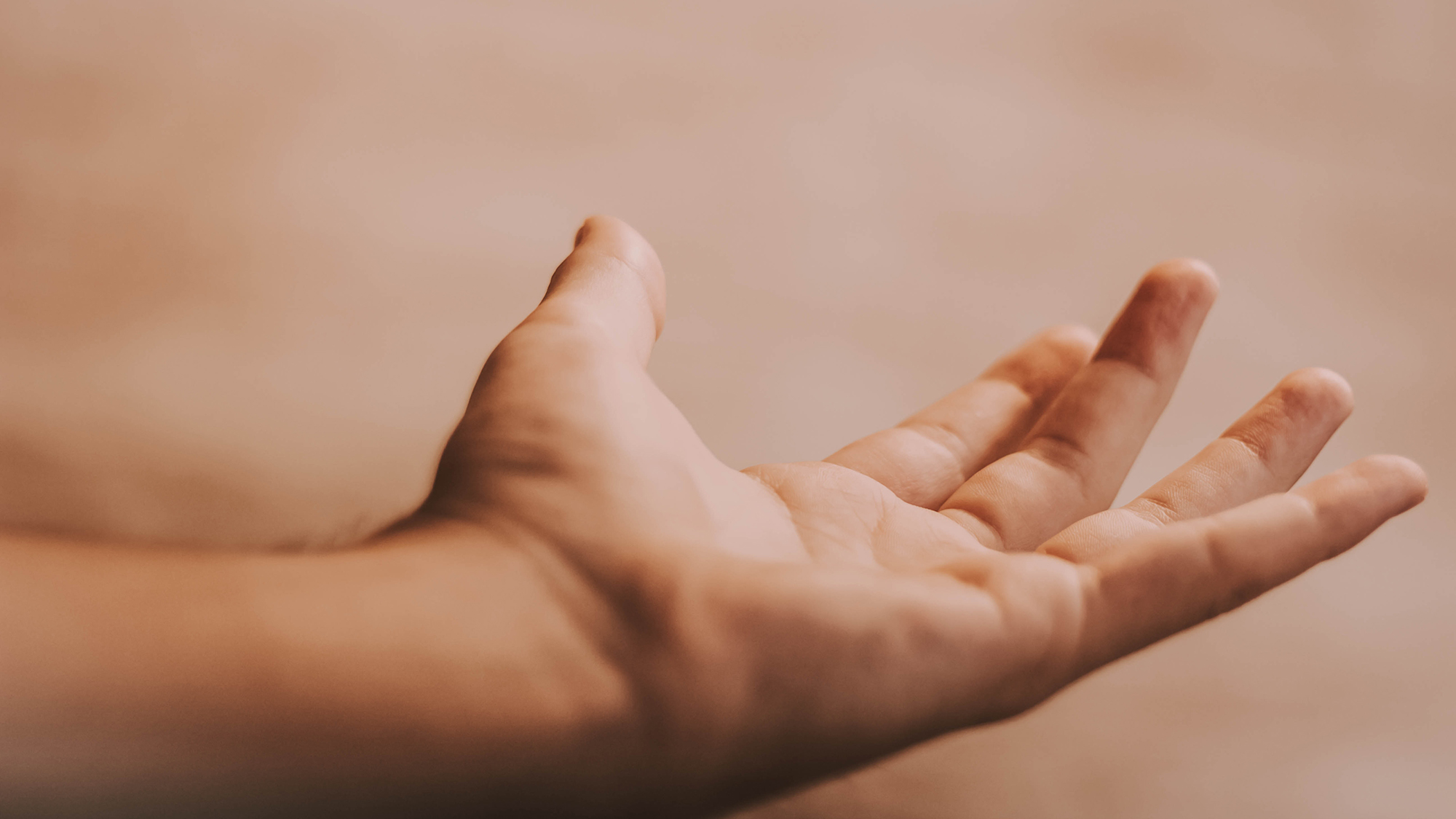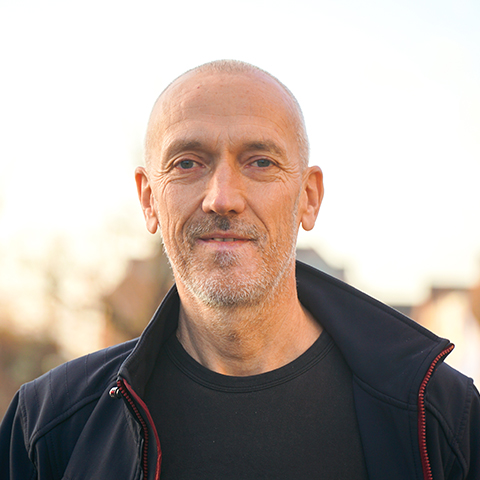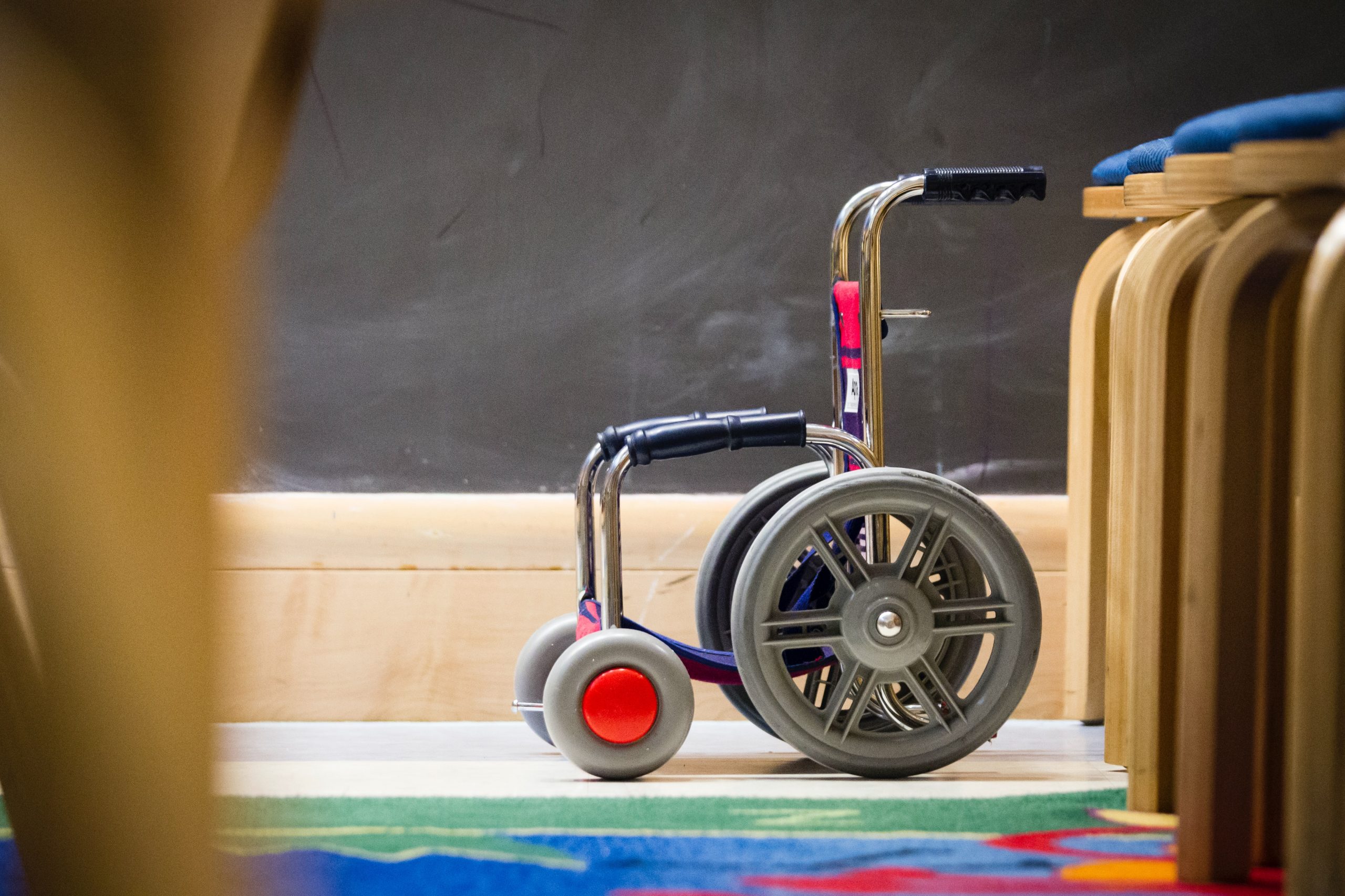
Spasticity
Spasticity
Many parents of disabled children would like to know what spasticity exactly is and what the causes of their child’s limbs rigidity are. Let’s have a look at the factors that are responsible for this disbalance of muscle tone. Traditional approach links it to a malfunction of the brain and spinal cord. ABR looks at it in a broader way, not only muscle-related, and consequently plays an important role not only in reducing, but also treating, spasticity.
What is spasticity, exactly?
Spasticity can be explained as involuntary and velocity-dependent muscle tone that hinder normal movement.
Theories pointing the brain as the only responsible factor for muscle tone conclude that the disrupted central nervous system is then not able anymore to create a normal equilibrium in the pattern of contraction and relaxation of the muscles.
Spasticity not only affects children with cerebral palsy, but also a vast array of individuals suffering from various conditions like multiple sclerosis, spinal cord injury, traumatic brain injury, stroke, etc.
What causes spasticity?
Numerous theories attempt to explain the causes of spasticity, but none of them have been able to come to a definite conclusion. The most current one links it to damage to the spinal cord and consequent disrupted central nervous system leading to poor signals between the nervous system and the muscles. This can lead to increased spasms, contractions, and reflexes in the muscles.
What effect does spasticity have on the body?
From the ABR point of view, spasticity, or uncontrolled muscle tone, is not only the result of brain or spinal cord damage but can also be influenced by other systems. We view the muscle tone in a broader way, we see it more as a reaction. One has to understand that the muscle tone concept for us includes an emotional muscle tone, a mental muscle tone, a movement muscle tone, a positional muscle tone, a visceral muscle tone. Every time you think about something, your muscle tone changes. Every time you feel something, your muscle tone changes. So, a spasm, for example, is not only a muscle reaction, but can be a reaction of other mechanisms as well. These mechanisms are an ongoing 24/7 process, while the muscle spasm happens 5 percent of the time. That is exactly why ABR works on balancing these mechanisms.
What treatments are there for spasticity?
Traditional solutions to reduce and/or stabilize muscles tone are numerous and incremental: daily muscle stretching exercises, muscles relaxers (Botox, Baclofen), immobilization with splints (limbs) or casts (thorax), and finally partial or full rhizotomy (disabling nerves that cause spasticity). But one has to understand that they are not aimed at bringing long-term relief nor a cure of spasticity.
ABR (re)builds the foundation first and doesn’t only try to deal with the symptoms. We do not do quick fixes. You need to build the volume, strength, and structure of all the basic systems to gain a balanced resting muscle tone. As a result, the body is free to deal with emotional, mental, visceral, movement and positional influences. Finally, the body has no necessity to compensate with spasticity anymore.










